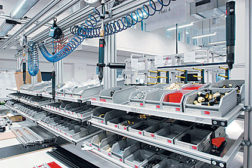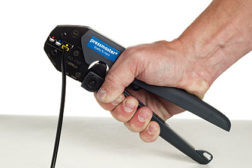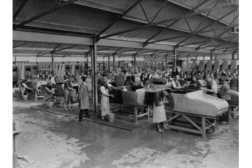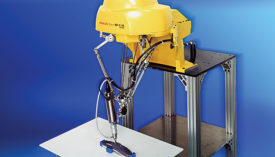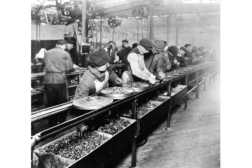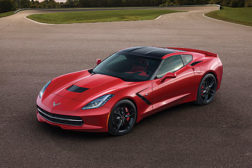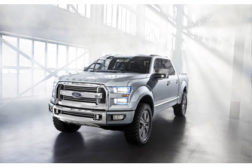Austin Weber
Austin has been senior editor for ASSEMBLY Magazine since September 1999. He has more than 21 years of b-to-b publishing experience and has written about a wide variety of manufacturing and engineering topics. Austin is a graduate of the University of Michigan.
ARTICLES
Engineers must minimize excessive movement while maximizing productivity.
Read More
BYU Engineers Push Product Design Boundaries
Traditionally, automobiles, lawn mowers, airplanes, dishwashers and other products contain a wide variety of rigid parts connected by joints that are designed to be strong and stiff.
May 1, 2013
Handheld Crimping Tools
Hand tools are ideal for prototyping, repair and small production runs.
April 1, 2013
Ford and Toyota Celebrate Historic Milestones
Ford Motor Co. and Toyota Motor Corp., the two companies that pioneered mass production and lean manufacturing, are each celebrating important milestones this year.
March 1, 2013
The Lighter Side of Automotive Assembly
Automakers are ramping up to use more carbon-fiber composites.
March 1, 2013
Robotics and 3D Printing Get Creative at Cornell Lab
Robotic grippers and 3D printing are two passions of Hod Lipson, an associate professor of mechanical and aerospace engineering and computer science at Cornell University.
March 1, 2013
What Happened to the Future?
The 112th annual Chicago Auto Show just ended the other day.
February 22, 2013
Never miss the latest news and trends driving the manufacturing industry
Stay in the know on the latest assembly trends.
JOIN TODAY!Copyright ©2024. All Rights Reserved BNP Media.
Design, CMS, Hosting & Web Development :: ePublishing

